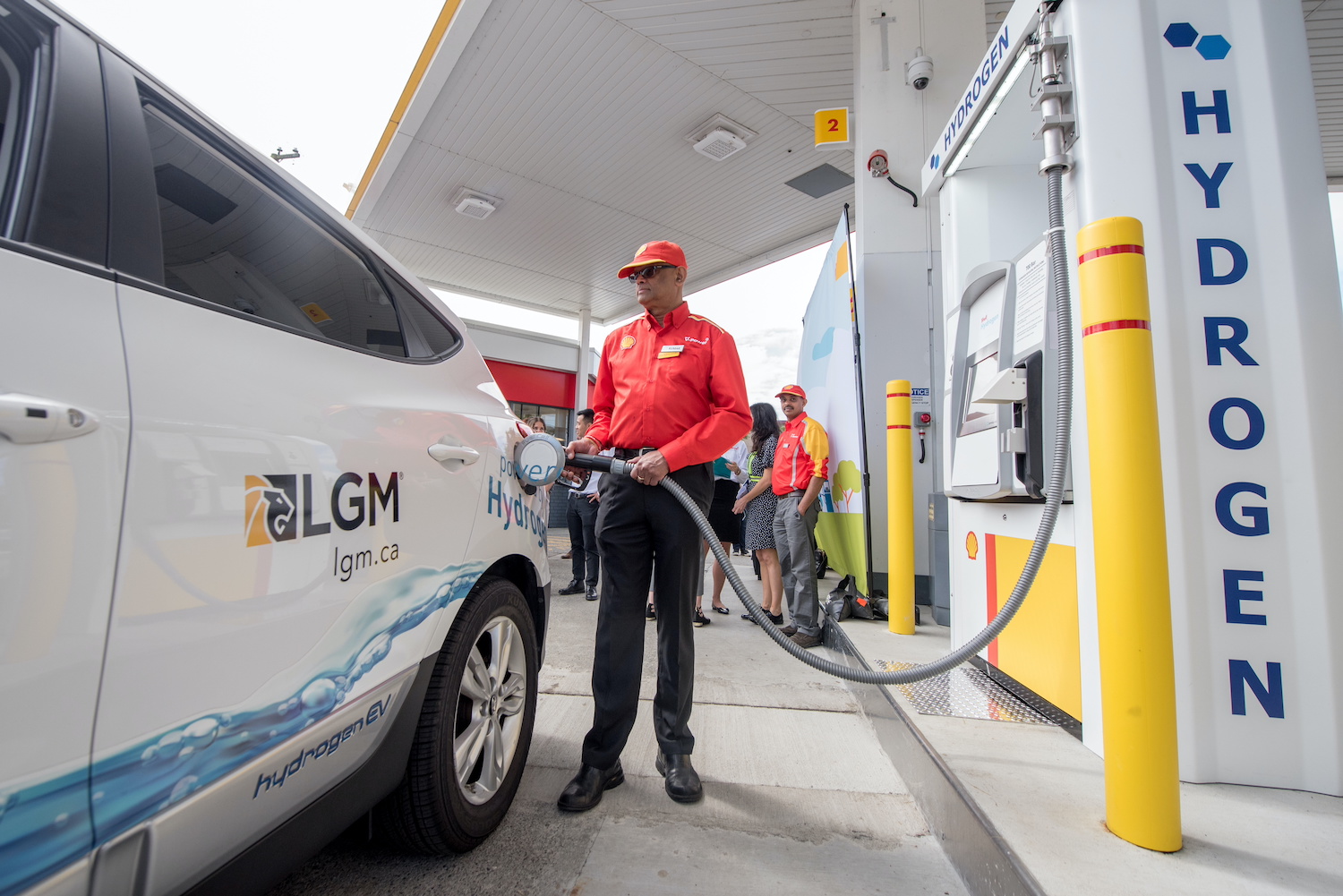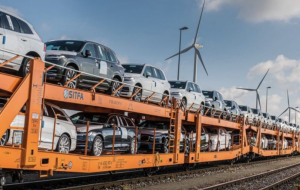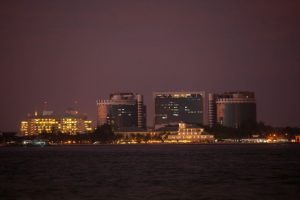Europe continues to take the global lead in green hydrogen development, seemingly leaving the rest of the world in its rear view mirror. Even more remarkable is that its pivot to the cleanest of all fuel choices comes amid the worst health crisis to hit the planet in more than 100 years.
The latest in the European hydrogen drama came on February 11 when a consortium was formalised between 30 French, Spanish, Italian and German companies to produce green hydrogen from solar energy at a cost similar to fossil fuels.
The project, appropriately dubbed the HyDeal Ambition, plans to produce 3.6 million tonnes of green hydrogen per year for energy, industry and mobility sector end-users using gas transmission and storage networks.
Read more: China’s Baidu beats revenue estimates on strong cloud and AI demand
That amount is roughly equivalent to one-and-a-half months of oil consumption in G20 member France, which averages about 1.6 million barrels per day (bpd) of oil usage, the seventh highest petroleum consumption level in the world, according to the US Energy Information Administration (EIA).
The group of companies, including McPhy Energy, Enagás, OGE, Snam and others, plan to build 93 gigawatts (GW) of solar power plants and 67GW of electrolysis capacity in Spain, France, and Germany before 2030 – an ambitious plan given its time horizon.
Fuel costs are projected to come in around ?1.5 ($1.82) per kg, which includes transmission and storage costs.
The project’s first phase, with a 2022 completion date, will be located in the Iberian Peninsula, bordering both Spain and Portugal.
ENERGY TRANSITION
HyDeal spokesperson Thierry Lepercq said the project, which accelerates the on-going global energy transition, includes a complete industrial ecosystem spanning the whole green hydrogen value chain (upstream, midstream, downstream, and finance). It is the culmination of two years of research, analysis, modelling, feasibility studies and contract design.
Green hydrogen is produced using renewables. It doesn’t emit CO2 and other greenhouse gases (GHG) when burned, and can be transported by ship or pipeline.
Brown hydrogen, for its part, is produced using fossil fuels, and as such still has a high carbon footprint. Blue hydrogen is produced using fossil fuels but also uses carbon capture and storage (CCS) systems.
There are several notable take-aways from the development. First, HyDeal’s announcement shows how far Europe is pulling ahead of the rest of the industrialised world, including many that are either still only considering green hydrogen, developing it in its early stages, or, as in the case with China – the world’s largest energy consumer and worst GHG emitter by far – not even considering it in its new controversial renewables draft plan to 2030.
ASIA LAGGING
In the rest of the Asia-Pacific region, Japan, South Korea, and Australia are leading the push for green hydrogen, but still pale in comparison to Europe’s hydrogen development.
However, the most dynamic take-away from HyDeal’s project announcement is that it will reach fossil fuel cost parity. It’s a development that most thought was still years away, giving more than a few countries seemingly ample reasons to postpone their own green hydrogen build-out.
Even the experts missed this one. The International Renewable Energy Agency (IREA) said in December that it could take ten years for green hydrogen to compete with the cost of fossil fuel alternatives.
Not to be outdone, commodities data provider S&P Global Platts said just a month earlier that green hydrogen costs need to become 50% cheaper to be able to compete with fossil fuels. Others have joined the chorus by predicting a long and convoluted path for green hydrogen adoption.
COST PARITY
HyDeal hasn’t yet disclosed full technical details of how its green hydrogen build-out will be able to reach fossil fuel cost parity. However, USNW-Sydney researchers think they’ve also found a way for green hydrogen to compete with fossil fuel production costs.
In a report released in October, researchers said a range of parameters could lower the price of green hydrogen production to near the cost to produce fossil fuels, including capital costs of electrolyser and solar photovoltaic (PV) systems, electrolyser efficiency, available sunlight, and the size of the installations.
Another way to decrease cost would be to use cheap transition metal-based catalysts in electrolysers.
Not only are they cheaper, the researchers concluded, but they even outperform catalysts currently in commercial use.
CARBON GOALS
The ability for green hydrogen production to compete with fossil fuels on a cost basis could not only help the scattering of European countries that have already pledged carbon neutrality by 2050 achieve their climate agendas early, but also help other countries ramp up their own carbon neutral goals.
One loser in this once in a generation global energy shake-up could be legacy oil producers, ranging from Saudi Arabia, the world’s largest oil exporter, to Russia, its second largest oil producer, to the US – the world’s largest producer, as well as around a dozen other oil producing countries that largely fill their state coffers from hydrocarbon exports.
However, the Saudis may already be out of the gate in anticipation of that eventuality. The kingdom announced in July that it would build the world’s largest green hydrogen production facility using 4GW of Saudi renewable electricity, with a production capacity of 650 million tons.
The fuel will be shipped as ammonia to global end-users then converted back to hydrogen. Production is slated to being in 2025. The move is part of Saudi Arabia’s attempts to diversify its economy away from decades of over-reliance on oil production and exports.






















